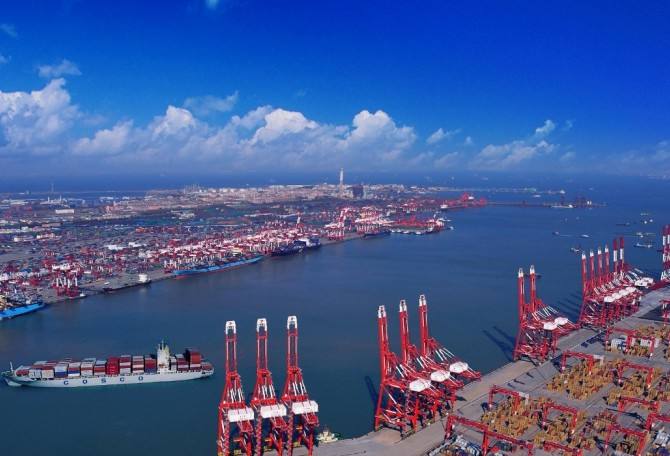Global container shortages drive spike in shipping rates
Against the backdrop of the global raging COVID-19 pandemic, this year’s global container shipping industry seems to have been on a magical “seesaw”. On one side, the container shortages drive the spike in shipping rates, and the other is port congestion. The two issues are alternately staged across oceans and continents, torturing the fragile nerves of cargo owners.
The epidemic led to port dysfunction
The problem of container shortages is happening alternately across the Pacific and the Atlantic this year.
According to Bloomberg data, in the first quarter of this year, European and American ports such as Hamburg, Germany, Rotterdam, the Netherlands, Antwerp, Belgium, and Long Beach and Los Angeles in the United States have all fallen into a state of the extreme shortage of containers.
The number of containers in ports has hit a historical low, while a large number of containers are stranded in Chinese ports, waiting for quarantine.
In the third quarter, the situation reversed. The overseas epidemic was severe and the port was understaffed. According to statistics, the Port of Sydney, Australia had accumulated at least 50,000 TEU containers to be processed. Many ports have been charged with congestion fees, but China has fallen into a state of hard-to-find boxes.
Generally speaking, problems such as a shortage of containers and port congestion are routine problems in the industry. It is easy to appear in the peak season, and it is also related to the efficiency of submerged mouth treatment. However, the failure of port operations caused by the epidemic has undoubtedly extended the loading and unloading time of containers.
According to a reporter from the Securities Times, due to the need for epidemic prevention, the Port of Los Angeles has temporarily reduced the number of terminal workers and port personnel by about one-third. Ship loading and unloading have been greatly affected.
The effect of port dysfunction
Due to the continuing effects of equipment shortages and prolonged loading and unloading time in ports, a large number of imported containers are being backlogged in European and American ports, causing terminal congestion, poor container turnover, and hindering cargo transportation.
The difference in global container shortages can be seen from the Container Availability Index released by the container source traceability platform xChang: In July, the supply of 40-inch containers at the Port of Los Angeles was insufficient; by the end of September, the container availability index at the port had increased by 4 times, and the supply had exceeded demand.
Since September, the available containers at Qingdao Port have begun to decline. By October, the available index for 40-inch containers has dropped by half, and 20-inch containers are also in short supply.
However, although industry analysts have recovered from the operating industry, industry insiders are still cautious about the “prosperity” that occurred during the epidemic, especially after the middle of next year, the market supply and demand trends are still unclear, and there is still greater uncertainty.
>>Top30 container throughput of china ports in the first half of 2020


